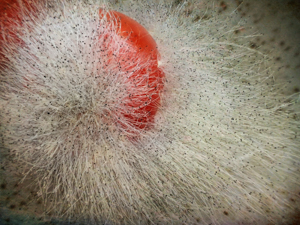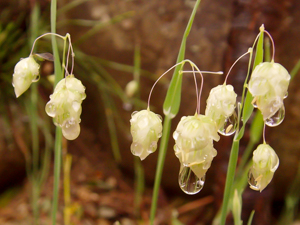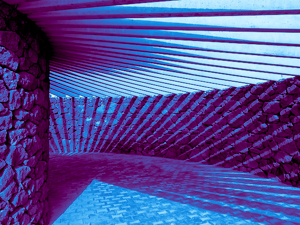Q: The question about Ishvara, Atman, Brahman gets confusing once a person starts reading and gaining knowledge from different branches of religions or schools of philosophy. So to put my question as simply as possible: If we are all Brahman then how does Karma come into play for us as individuals ? (As technically it’s Brahman acting against Brahman.)
One other thing:
Let’s say there are two people ( You and Me ) who realises the truth and doesn’t need to take rebirth again, so once their body dies, their Atman merges back with Brahman. So once that happens, do both these people become one ? At the highest level, Yes ! Because they were always One ! But would a part of them both remain ‘Them’ ? As in a person who sent a mail and a person who replied to it ? If so, then is that ‘Part’ what we’d call a soul ?
A (Dennis): In reality there is only brahman, non-dual, formless, eternal etc.
The world (including the ‘person’) is mithyA, neither real nor unreal, depending for its existence on brahman. The ‘person’ is a mind-body, ‘animated’ by Consciousness via a ‘reflection’ of brahman in the mind. This concept, called chidAbhAsa, is fundamental to understanding the seeming problems you raise. See my essays on this subject: There is an article called “The ‘Real I’ verses the ‘Presumed I’ – An Examination of chidAbhAsa” – https://www.advaita-vision.org/chidabhasa/ and a follow-up blog called ‘Continuing Reflections on Reflection’ at https://www.advaita-vision.org/continuing-reflections-on-reflections/. Continue reading









